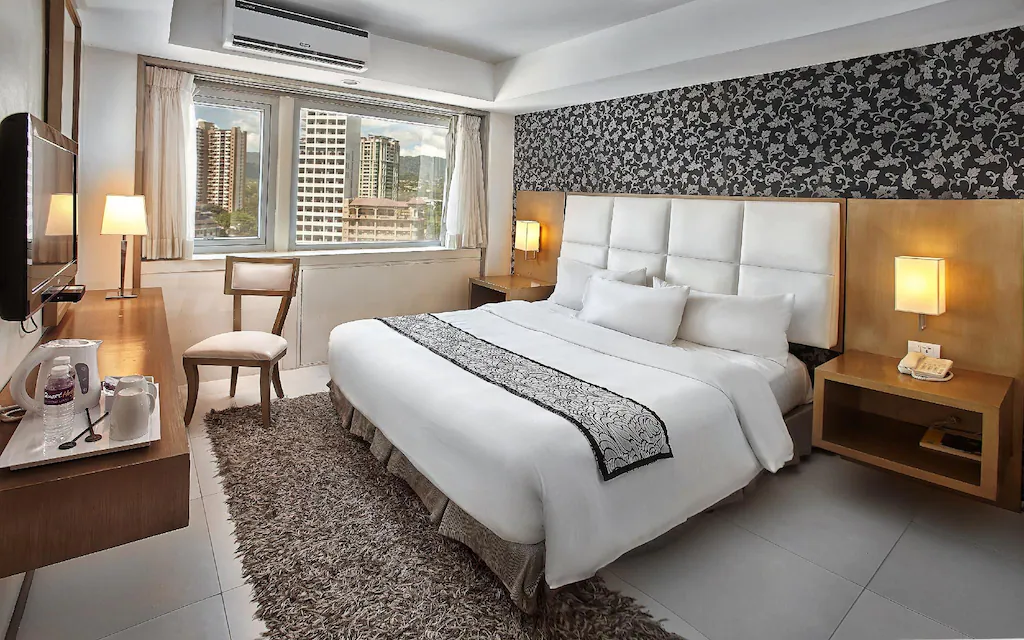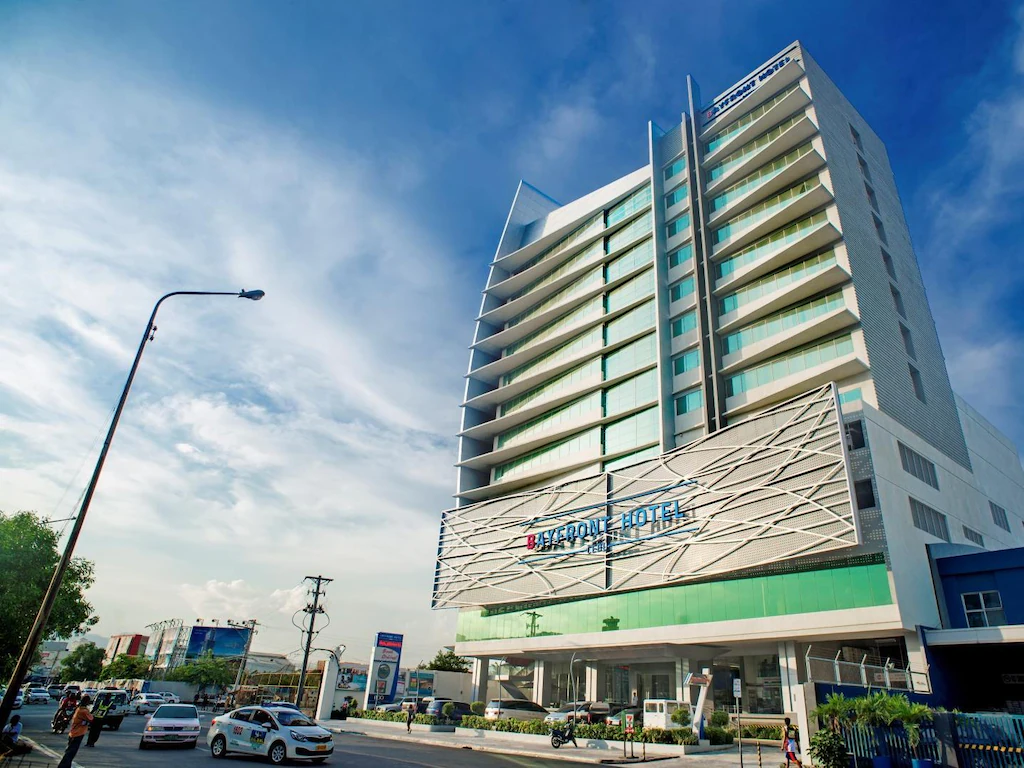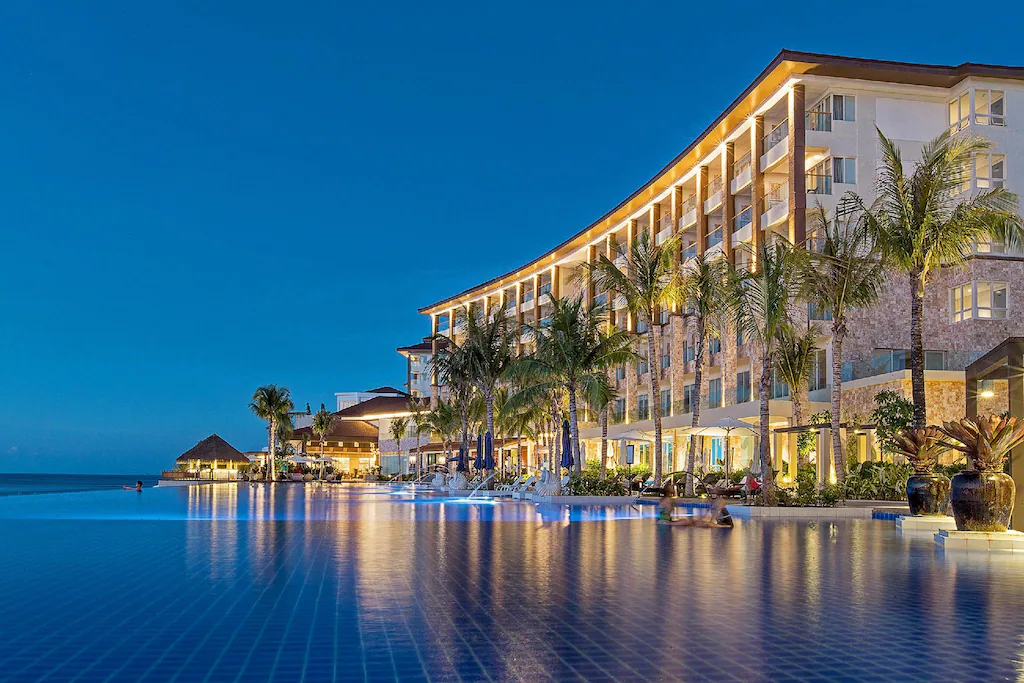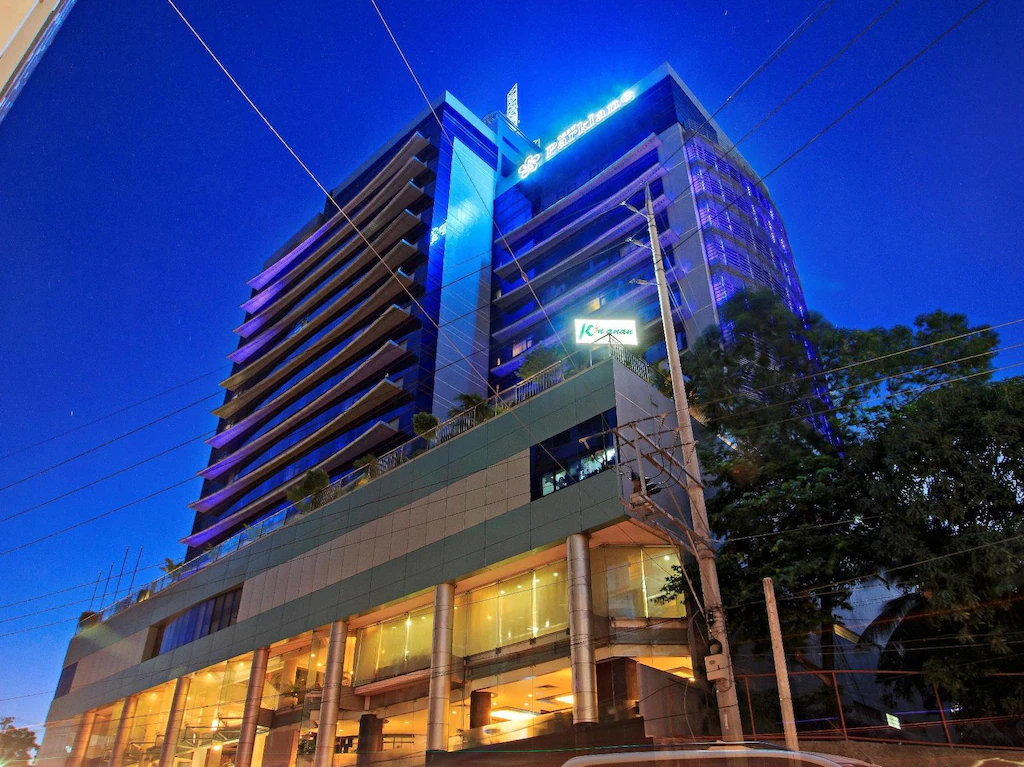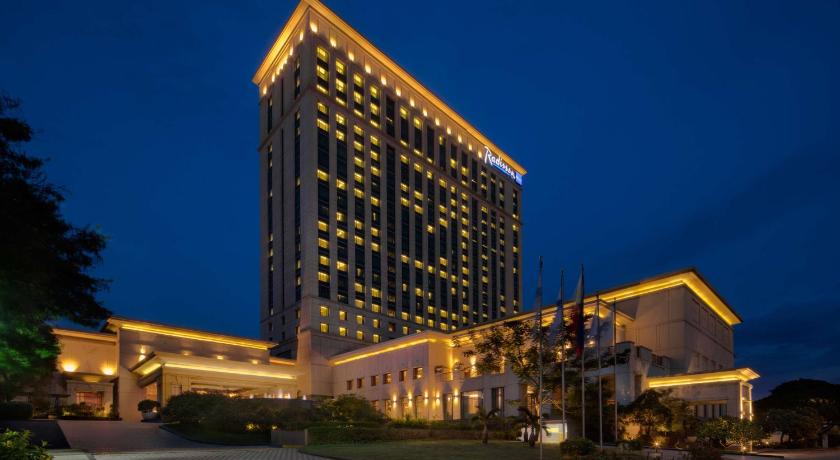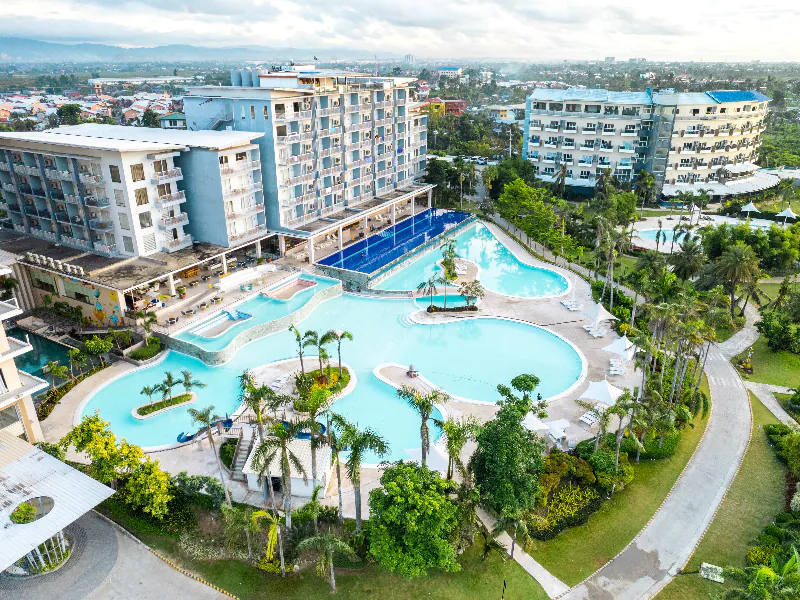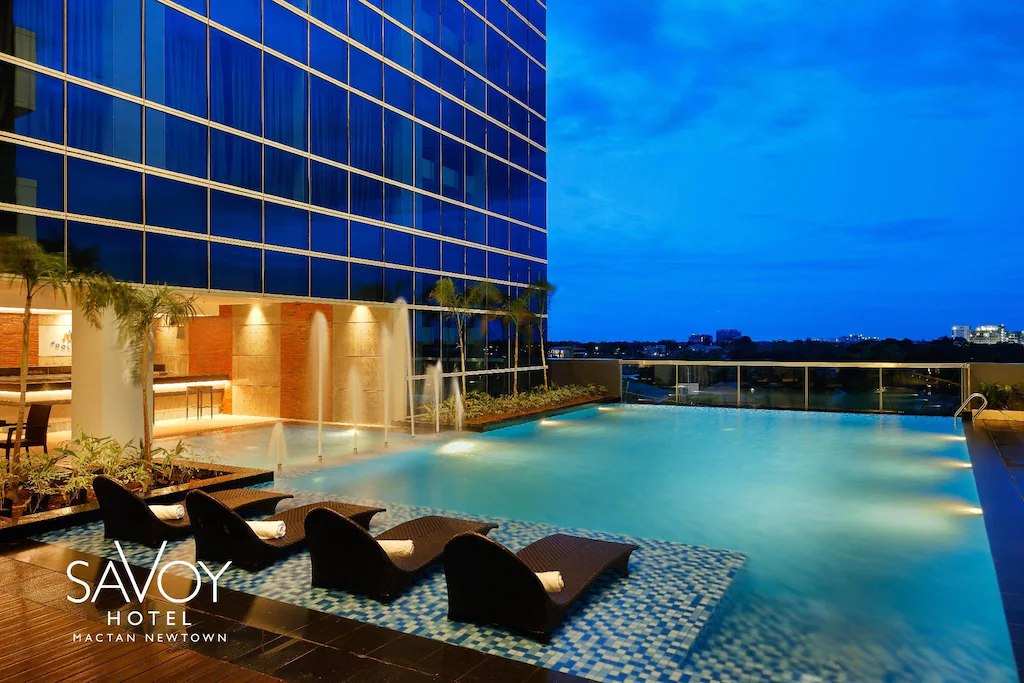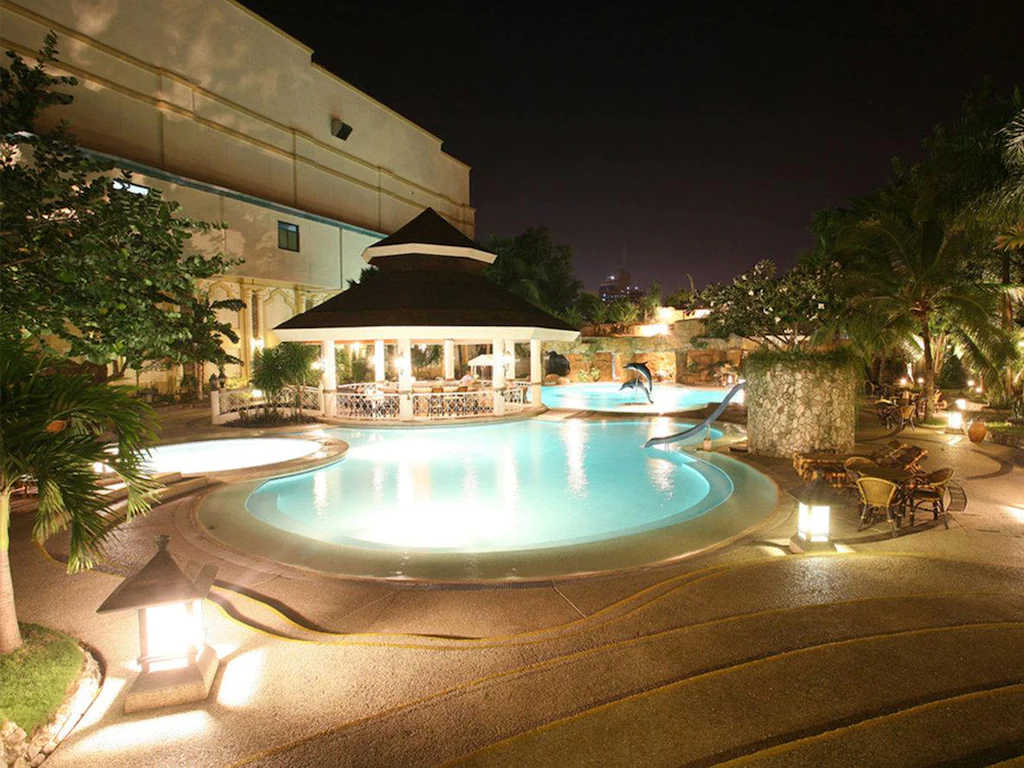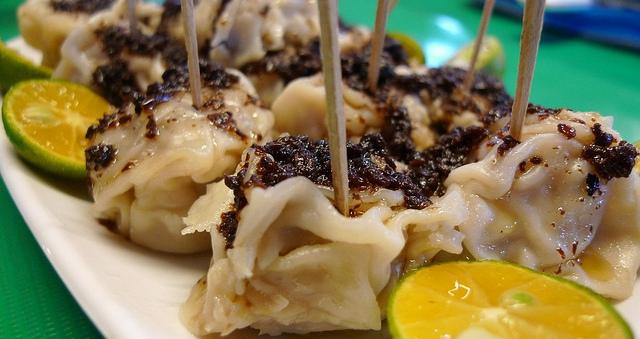
Siomai Sa Tisa
The Chinese have a very strong influence in Cebu. The city is often seen as one big Chinatown. Chinese cuisine is very dominant, and we see its influence in the day to day foods that Cebuanos eat. Siomai (Shumai, siu mai, or shaomai) is a traditional steamed dumpling served in dim sum. We Cebuanos made it our own by tweaking the recipe and turning this dish into something that is readily available all over the city. Siomai sa Tisa actually refers to siomai that is from Brgy. Tisa. the area is known for their hole-in-the-wall food stalls that sell siomai. Another popular version of this dumpling is siomai tag tres. These are sold on carts so the vendors are very mobile, transferring from place to place.
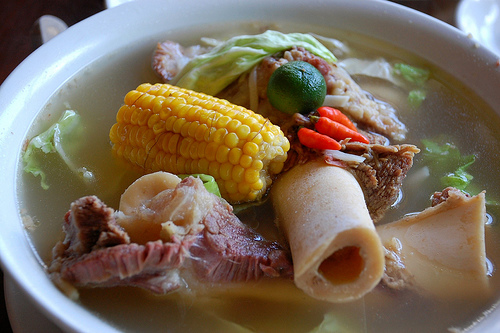
Cebu Pochero
If you want this dish outside cebu, you’ll have to be very specific that you want pochero cooked Cebuano style. Most people know pochero as a meat stew with tomatoes. However, the pochero served here in Cebu is actually a piece of beef shank simmered for hours until fork tender. It’s served in a flavorful clear broth with pechay, bamboo shoots and sweet corn on a cob, a perfect meal for those cold days. It’s similar to Bulalo, but many say that pochero has it’s own distinct taste. You can also get this dish (minus the soup and vegetables) served on top of a sizzling plate, covered in gravy. It’s a real treat to have every now and then, especially the bone marrow part.
Where to eat Pochero in Cebu: Marjo’s Pochero (a lot of us Cebuanos grew up eating here) in their new location at Gorordo Ave, Abuhan Uno by Robinson’s Fuente, Ekits Foodhouse in Mabolo by Sarrosa Hotel or Muvans in Century Plaza by Mango Square (perfect when you’re in a budget).

Chorizo De Cebu
There’s something special with how we Cebuanos flavor our chorizo (or as those from the north would call it, Longaniza). Our version of chorizo is stuffed inside a natural casing and has a sweet and spicy flavor. There’s also a higher fat content in the mixture compared to other recipes. Unlike Spanish chorizo, which is often cured or smoked, we prepare ours by pan frying it in a little oil or grilling it. Chorizo is often sold in barbeque stalls and restaurants all over the island.
Where to eat Chorizo De Cebu: Larsian BBQ in Fuente Osmeña, Any of the AA BBQ branches, Matia’s in A.S. Fortuna, and Yakski Barbeque & Eatery in Capitol and IT Park.
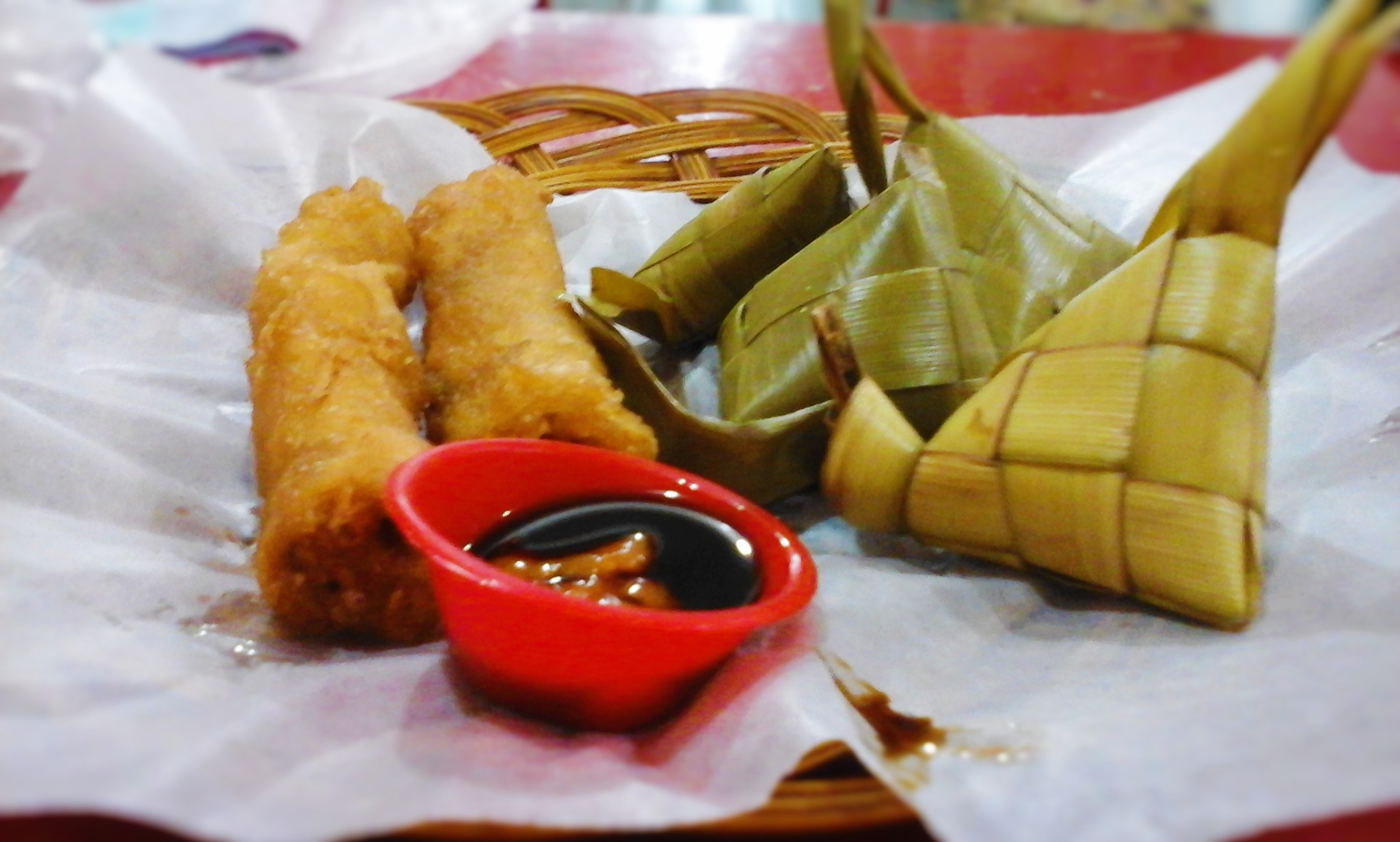
Chinese Ngohiong
Another ode to our strong ties to Chinese culture, ngohiong is a spring roll type of dish that non-cebuanos would often refer to as Lumpia. It’s name could have simply originated from ngohiong (or ngohiong-hun), which simply refers to five-spice powder, an ingredient that gives it its distinct taste. It’s made with ubod, or palm heart, wrapped in a thin lumpia wrapper. It’s then dipped into a light batter and fried to perfection. It comes with a spicy dipping sauce or with a soy and vinegar sauce.
Where to eat Chinese Ngohiong: Chinese Ngohiong by the University of San Carlos Downtown (Main) campus or order it from Domeng’s at Fairlane Subdivision, Guadalupe. Ngohiong Express stalls also offer a pretty decent ngohiong.

